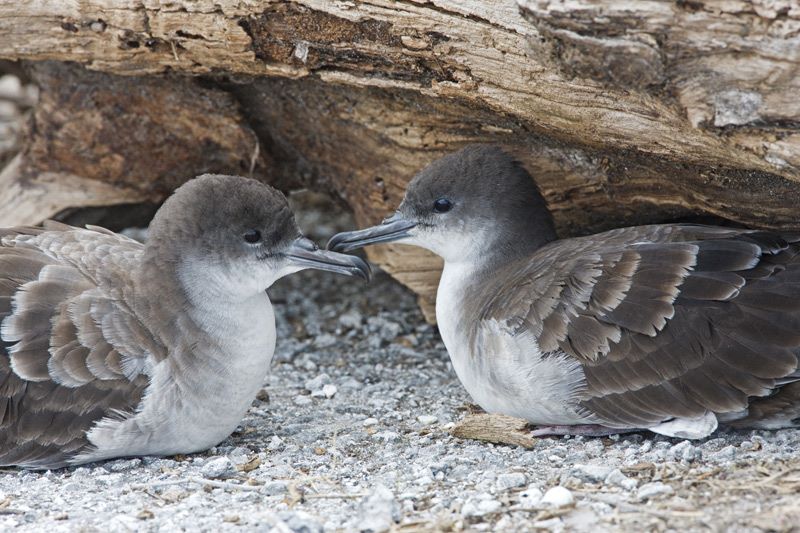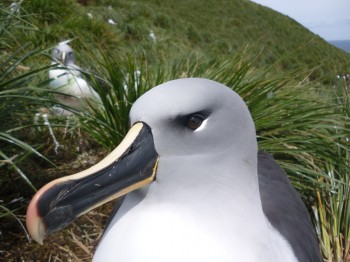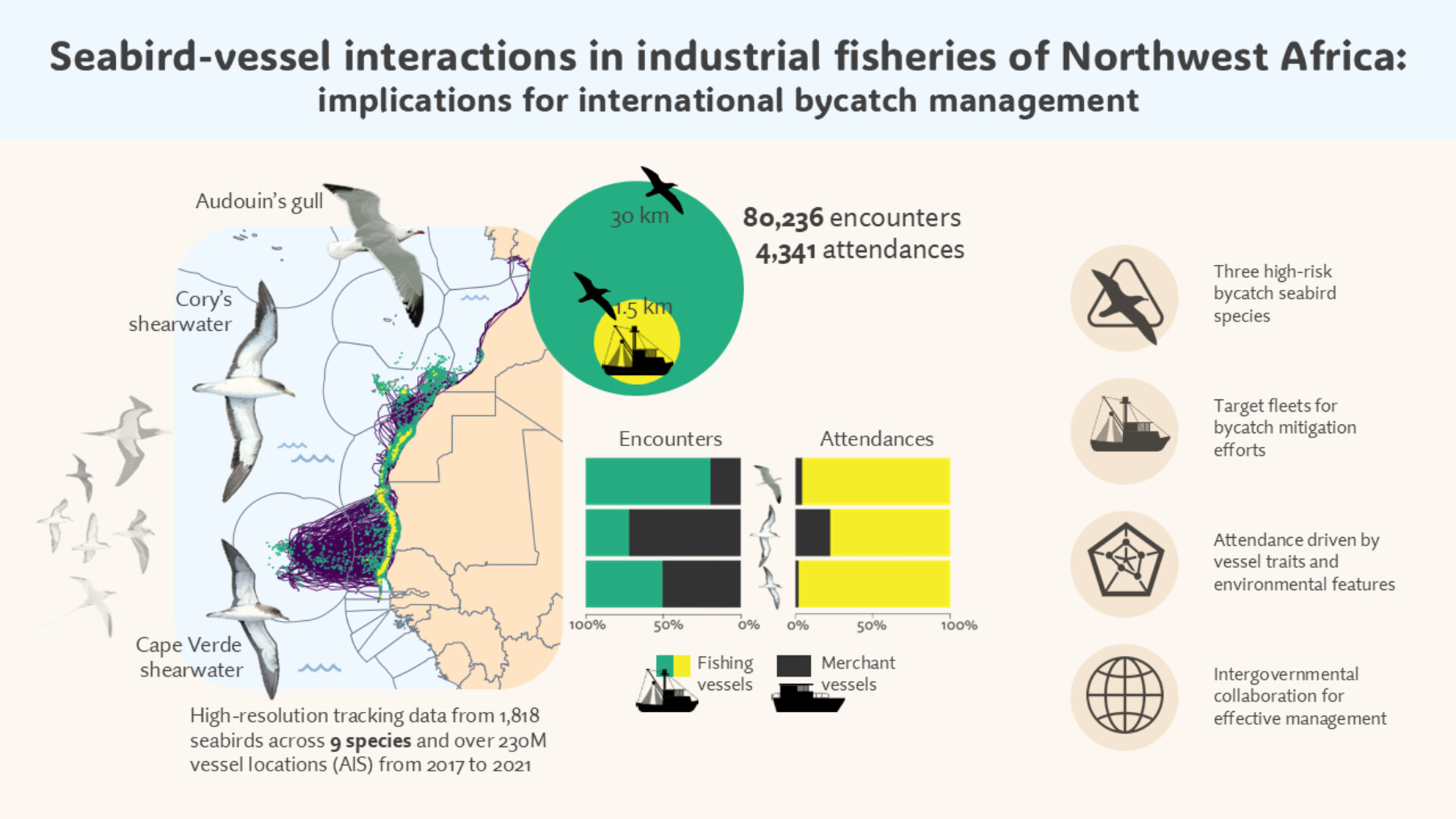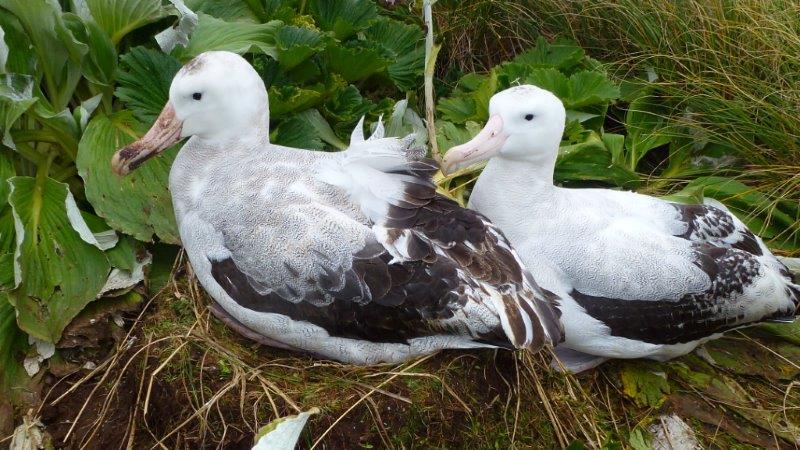
BirdLife Australia and Birds New Zealand will hold the 13th Australasian Ornithological Conference over 18-20 November 2025 in Perth, Western Australia.
“The AOC is BirdLife Australia’s primary conference and is the largest biennial gathering of enthusiastic amateur and professional ornithologists from the region. You’ll have the chance to hear experts in the field of ornithology, as well as mingle with like-minded bird lovers and enthusiasts. There will be plenty of event plans before and after the conference, including workshops, field trips and social events. Our exhibitors will also showcase the latest products and services available in the market.”
A symposium on Seabird Conservation is being led by Barry Baker of the Australasian Seabird Group: “Seabirds are one of the most rapidly decreasing groups of birds worldwide. This Australasian Seabird Group-sponsored symposium is intended to capture the interest of seabird biologists under a broad theme of seabird biology and conservation. Aggregation of the seabird papers into a symposium will provide synergies for interaction among participants and enhance potential for collaborative approaches.”

Wedge-tailed Shearwaters, photograph from the Pacific Islands Avian Health & Disease Program
Click here for information on the plenary speakers. Details are also available for workshops and excursions (including a full day to Rottnest Island where at West End there is a colony of Wedge-tailed Shearwaters Ardenna pacifica).
Registration is open, “early bird” until 26 September.
John Cooper, Emeritus Information Officer, Agreement on the Conservation of Albatrosses and Petrels, 05 September 2025

 English
English  Français
Français  Español
Español  Breeding Laysan Albatrosses at the Kilauea Point National Wildlife Reserve and USFWS volunteer Louise Barnfield completing a weekly survey. Photographs from Louise Barnfield
Breeding Laysan Albatrosses at the Kilauea Point National Wildlife Reserve and USFWS volunteer Louise Barnfield completing a weekly survey. Photographs from Louise Barnfield

